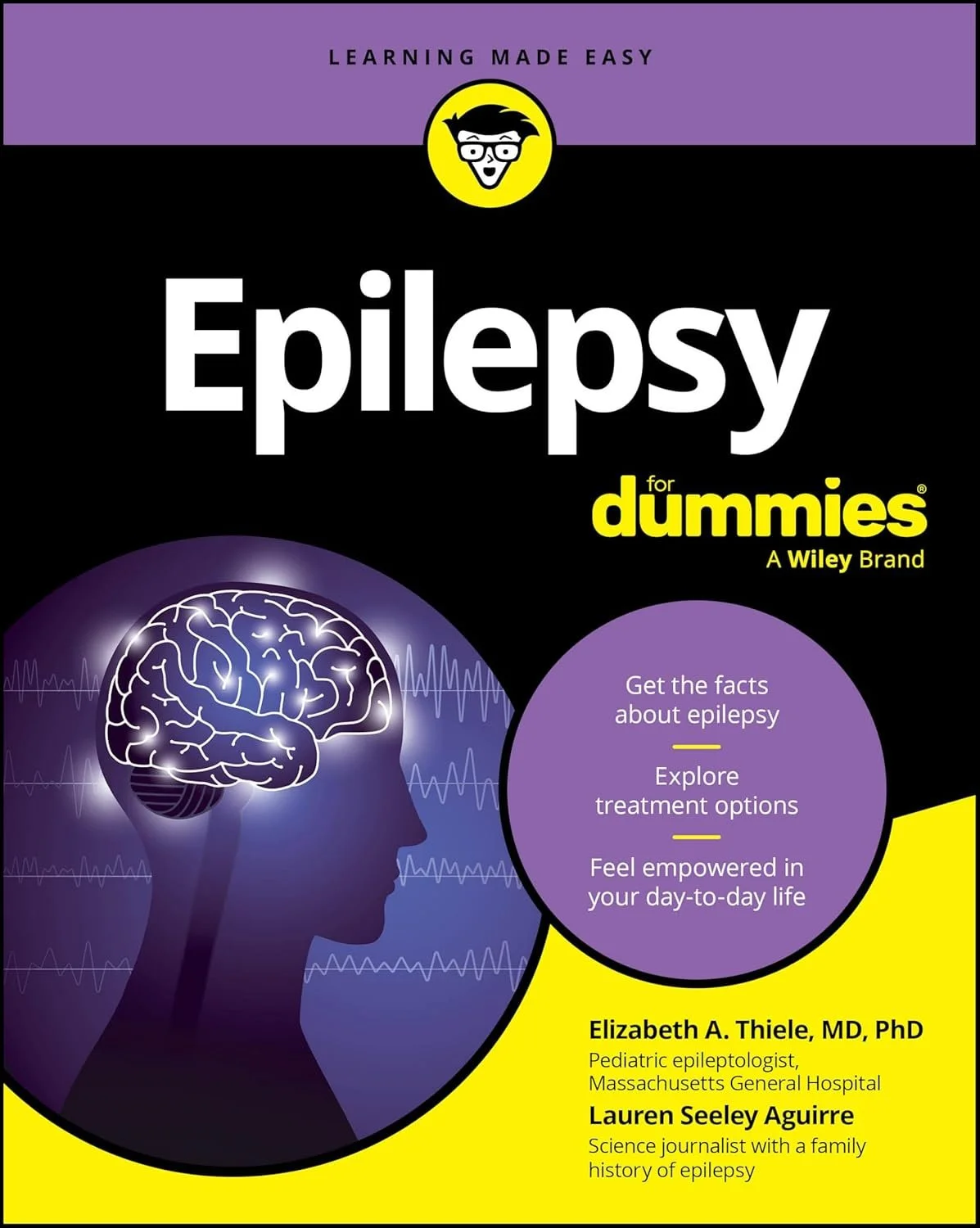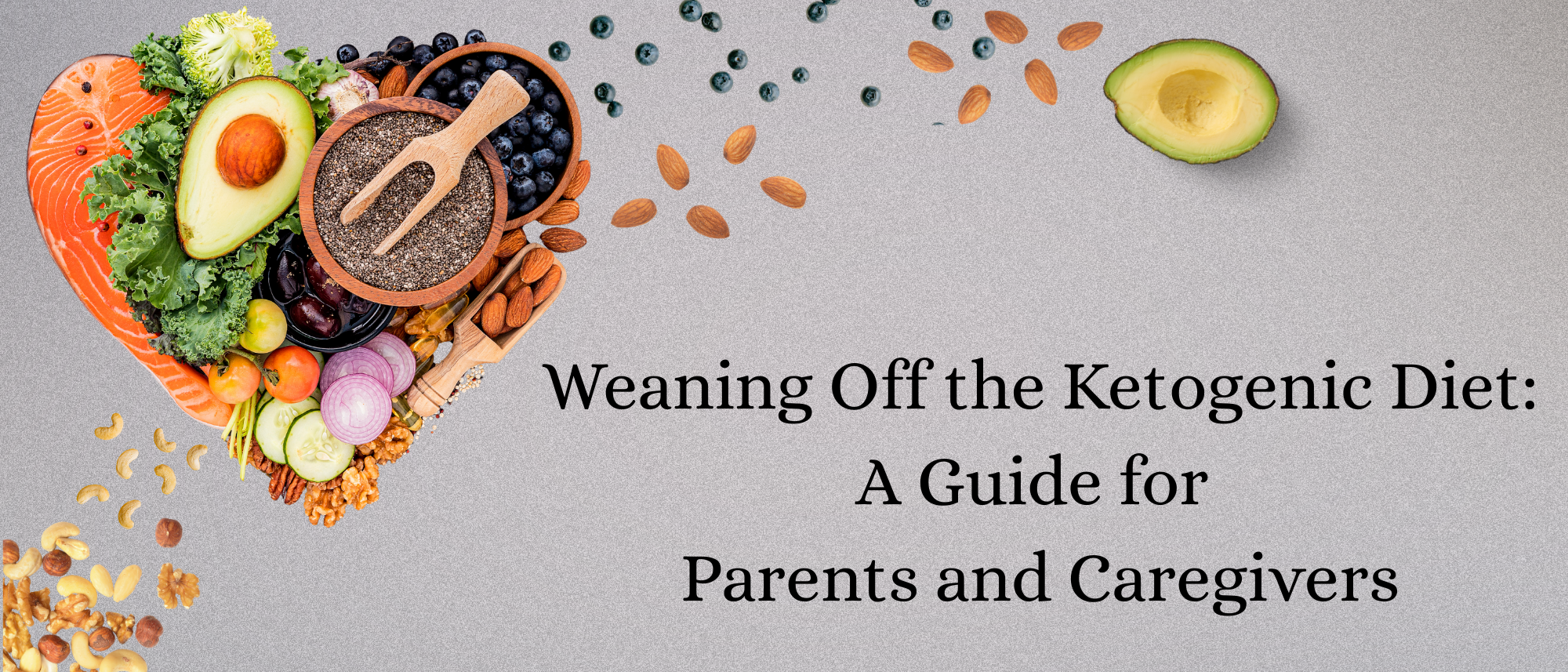Keto Hiking Adventure
/by Jen Westbrook
No granola bars? No oatmeal? No baked beans? How can any legitimate backpacker survive without these time-tested staples? With the right amount of preparation, patience, and determination – any hiking trip can become the MAD/Keto hiking adventure of a lifetime. In Spring of 2021, my family of 5, trail name The Wandering Westbrooks, hiked 275 Appalachian Trail miles over 6 weeks. And we maintained 35 grams of net carbs/day.
My son, Roman, had a stroke at birth which damaged his brain. He’s been defying the odds ever since with his
indominable spirit and clever mind. We were told he would not lift his head, talk, or be able to interact with
us on a meaningful level. He’s accomplished all of that, and much more! Living with Cerebral Palsy, Hemiparesis, and Epilepsy have proven challenging, but this family of mine is special. We are not known to sit and accept limitations. Here’s how we prepared and executed, what at first seemed impossible, but turned out to be a wonderful family experience full of exciting memories. (Sans granola bars.)
First, the appropriate food prep equipment. Our list includes the Gourmia 5 rack dehydrator, Ziploc bags of various sizes, Wallaby mylar food storage bags, Food Saver BPA free bags, Weston vacuum seal bags, oxidizer packets Food Saver heat sealer, Jetboil, and cardboard boxes (The trail traverses through towns from time to time. We took advantage of the opportunity and mailed ourselves food. We retrieved the boxes at a post office or hostel.)
Next, you need the correct food, in the correct volume. My boys are hungry. They’re adventuresome and full of energy. I knew providing them with enough calories whilst keeping Roman in ketosis would be challenging, but we were undaunted. We planned for 8 weeks on the trail (which was the outer limit of our available time). So, 5 people, 3 meals a day, and snacks for 8 weeks amounts to exactly a bazillion servings. 😊 This was the most tedious part of our preparation. Yes, we portioned out every meal (with all the seasoning), every snack, for every person.
What follows is our list of food (keep in mind all food was carried dehydrated, then rehydrated at mealtime with the exceptions of the bars and nuts/nutbutter pouches). This list includes only our food. I did not include our hiking and camping gear.
(On trail food list) chicken, broccoli, blueberries, strawberries, flax meal, hemp seeds, nutritional yeast,
Keto Cal 3:1, egg powder, heavy cream powder, PB Fit, MCT oil, Fat Bombs, extra virgin olive oil pouches,
Parm Crisp Snack Mix, mixed nuts, pumpkin seeds, beef, spinach, French beans, cheddar cheese, pepper jack cheese, sardines, salmon, anchovies, Good To Go bars, Love Good Fats bars, LMNT electrolyte powder, Justin’s peanut butter or almond butter pouches, Superfats pouches, green bell peppers, jerky, kale. Some meals included Lakanto Monkfruit sweetener, or for a savory flavor we added salt, pepper, garlic powder, or a no carb Jamaican jerk seasoning.
(Off trail food list) About once a week, we would come off the trail and stay at either a hostel or a hotel so we could wash our clothes and bodies and pick up our box of food. On these “zero days” as they are called, we would buy food from a grocery store. Those meals usually consisted of a low carb salad paired with a fatty fish like sardines or salmon, olives, and cheese. Typically, we would also purchase Rebel Ice Cream, which was a nice keto treat after traversing mountains. One food failure: my attempt at making Pemmican. This would have been a great energy packed, no carb food choice if I had some more time to practice making it correctly. Mine fell apart and was more like crumbs. We did not take it along with us.
A typical day of meals looked like this:
Breakfast: flax, PBfit, blueberries, heavy cream powder, Keto Cal, monkfruit.
Lunch: chicken, broccoli, oil (MCT or olive), cheddar cheese or nutritional yeast.
Dinner: Beef, spinach, oil (MCT or olive), cheddar or pepper jack cheese, blueberries or strawberries.
Snacks: Parm Crisp Snack Mix, Super Fat pouch and 2 bars. (Good to Go, Love Good Fats, or Keto Ratio)
Drinks: Water mostly, but on especially hot or humid days and on days the terrain was challenging, or we hiked longer, we would drink no carb LMNT electrolyte mixed in our water.
Supplements: Garden of Life raw vitamin C, Caltrate minis calcium, Pure Encapsulations L-Carnitine, Bio Kult Probiotic.
Planning, portioning, assembling, and mailing all takes time. We began our prep about a month and a half before our trip. Luckily, dehydrated vacuum sealed food lasts a very long time unrefrigerated. As you can see from the pictures, my home became a temporary storing facility for 900 servings of meals, 600 keto bars, 300 Parm Snack Mix servings, and innumerable packets of oil and nut butter pouches. We also pre-counted the supplements and carried only what we needed to save weight. We ate a good amount of food on this trip, and although my children claimed to be “ravenous” at mealtime, they didn’t ask to eat any more than they do at home. Everyone had plentiful energy as after videnced by their antics at our tent sites. After hiking with a heavy pack all day, they still had energy to skip rocks on a stream and climb trees. We even had morning and evening yoga sessions.
Adventuring in the woods whilst dealing with Epilepsy is not without risks, of course. Although we ensured he received ample sleep, adhered to the diet, and kept him healthy, we still took along Roman’s daily and emergency medications to be safe. He , thankfully, was seizure free the entire trip. As hectic as it was to prepare for this trip, food was the easiest part of the whole adventure. Our planning and preparation paid off and I am so grateful my family didn’t skip this experience on account of our special diet. I didn’t even miss the granola bars.




































